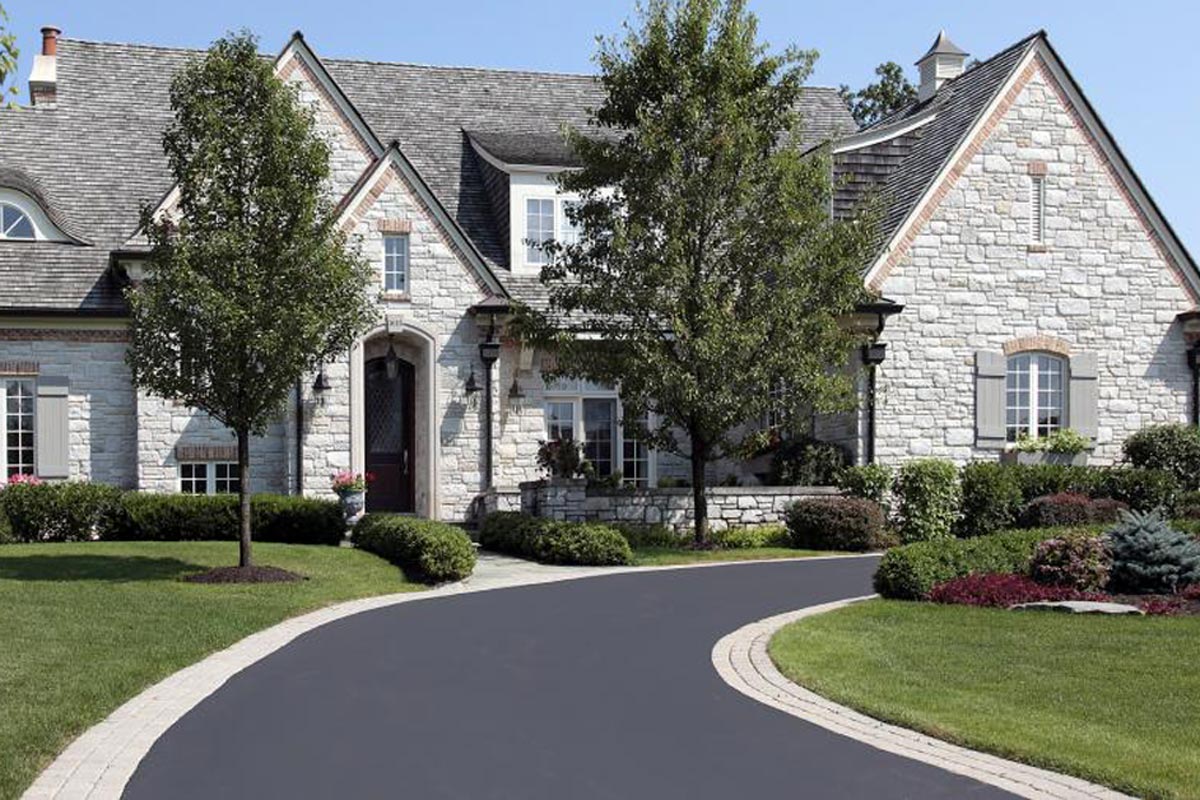Learning
Calculating the Cost: Budgeting for Your Paver Project

A beautifully designed patio, walkway, or driveway can transform your outdoor space and enhance the overall curb appeal of your home. Paver projects are a popular choice for achieving these goals, but before you dive into the world of pavers, it’s essential to create a budget that aligns with your vision. In this article, we’ll guide you through the process of budgeting for your paver project, ensuring that you have a clear understanding of the costs involved and how to find the right pavers near you.
Determine your project scope
The first step in budgeting for your paver project is to determine the scope of the project. Are you planning to create a small patio, a winding walkway, or an expansive driveway? The size and complexity of the project will have a significant impact on the overall cost. Take measurements of the area you want to pave and sketch out a rough design to visualize the project.
Select the right pavers
Choosing the right type of pavers is crucial both for the aesthetic appeal and the cost of your project. Pavers come in various materials, including concrete, natural stone, brick, and more. Each material has its unique characteristics and price points. While natural stone pavers may provide a luxurious look, they tend to be more expensive than concrete or brick pavers. Consider your design preferences and budget constraints when selecting the pavers that suit your project.
Factor in additional materials
Pavers are just one component of your project. You’ll also need various additional materials, such as:
- Base materials: This includes gravel and sand for the foundation on which the pavers will be laid.
- Edging materials: Edging helps contain the pavers and maintain their structural integrity. It can be made of plastic, metal, or other materials.
- Joint sand: Joint sand is used to fill the gaps between pavers and provide stability.
- Sealant: Depending on your paver material, you may need a sealant to protect against stains and wear.
Estimate the quantities of these materials required for your project and include them in your budget calculations.
Labor costs
Unless you plan to install the pavers yourself, you’ll need to hire a professional contractor. Labor costs can vary significantly depending on your location, the complexity of the project, and the contractor’s experience. To get an accurate estimate, obtain quotes from several contractors in your area. When searching for contractors, consider using online search queries like “pavers near me” to find local professionals who are familiar with your region’s unique requirements and climate.
Prepare for site preparation
Site preparation is a critical step in the paver installation process. It involves excavation, grading, and ensuring proper drainage. The condition of your existing surface can impact the cost of site preparation. If your site is uneven or has poor drainage, additional work may be required, increasing your budget.
Account for design elements
Design elements like patterns, borders, and colors can add to the aesthetic appeal of your paver project but also contribute to the cost. More intricate designs and a variety of colors may increase the price per square foot. Consider your design preferences and how they fit within your budget constraints.
Contingency fund
Even with careful planning, unexpected expenses can arise during your paver project. It’s wise to set aside a contingency fund of around 10-15% of your total budget to cover unforeseen costs that may arise during construction.
DIY vs. Professional installation
While some homeowners choose to tackle paver projects themselves to save on labor costs, it’s essential to be realistic about your DIY skills and the complexity of the project. Mistakes can be costly to rectify. Hiring a professional contractor may provide peace of mind and ensure that the project is completed correctly the first time.
Conclusion on your paver project
Budgeting for your paver project is a crucial step in ensuring that your vision becomes a reality without breaking the bank. By carefully considering the scope of your project, selecting the right materials, factoring in labor costs, and accounting for additional materials and design elements, you can create a realistic budget. Don’t forget to include a contingency fund to handle unexpected expenses.
When searching for contractors and materials, using online search queries like “pavers near me” can help you find local professionals and suppliers who are familiar with your area’s specific needs and can provide cost-effective solutions.
Remember that investing in high-quality materials and professional installation can add long-term value to your property, making your paver project a worthwhile endeavor. With a well-planned budget in hand, you’ll be on your way to enjoying a beautifully paved outdoor space that enhances your home’s appeal for years to come.





























